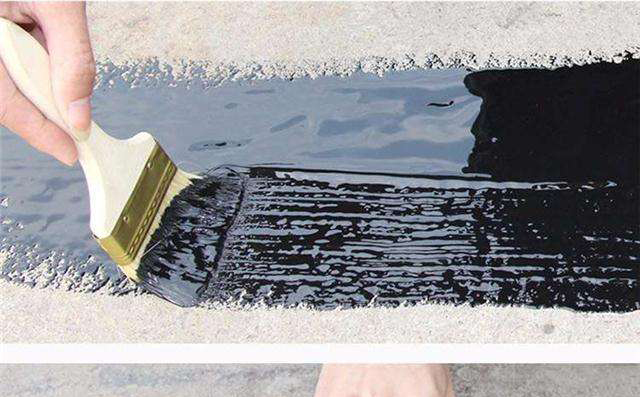Dispersants are used to disperse various powders in solvents in a reasonable manner, and to stably suspend various solids in solvents (or dispersions) through certain charge repulsion principles or polymer steric hindrance effects. Aqueous dispersants are surfactants that have both lipophilicity and hydrophilicity in their molecules. They can evenly disperse solid and liquid particles of inorganic and organic pigments that are difficult to dissolve in liquids.
Aqueous coating dispersants are surfactants that have both lipophilicity and hydrophilicity in their molecules. They can evenly disperse solid and liquid particles of inorganic and organic pigments that are difficult to dissolve in liquids, and can also prevent the sedimentation and coagulation of particles, forming amphiphilic agents required for stable suspensions. Aqueous coating dispersants are non-foaming, which can increase the amount of coating defects and defoamers used. At the same time, they can also reduce the grinding viscosity, improve operability, maintain the stability of latex viscosity, and avoid pigment deposition and consolidation. If used in conjunction with non-ionic wetting agents, they can achieve good stability in wetting and dispersion effects and avoid color separation and floating colors. Water-based paint dispersants are suitable for various water-based systems, such as latex paint, adhesives, textile slurries, papermaking coatings, water-based inks, etc.
The role of water-based paint dispersants is to use wetting water-based paint dispersants to reduce the time and energy required to complete the dispersion process, stabilize the dispersed pigment dispersion, modify the surface properties of pigment particles, and adjust the mobility of pigment particles. In the paint production process, pigment dispersion is a very important production link, which is directly related to the storage, construction, appearance and performance of the paint film, so the reasonable selection of paint dispersants is a very important production link. However, the quality of paint slurry dispersion is not only related to the dispersant, but also to the formulation of the paint formula and the selection of raw materials.

